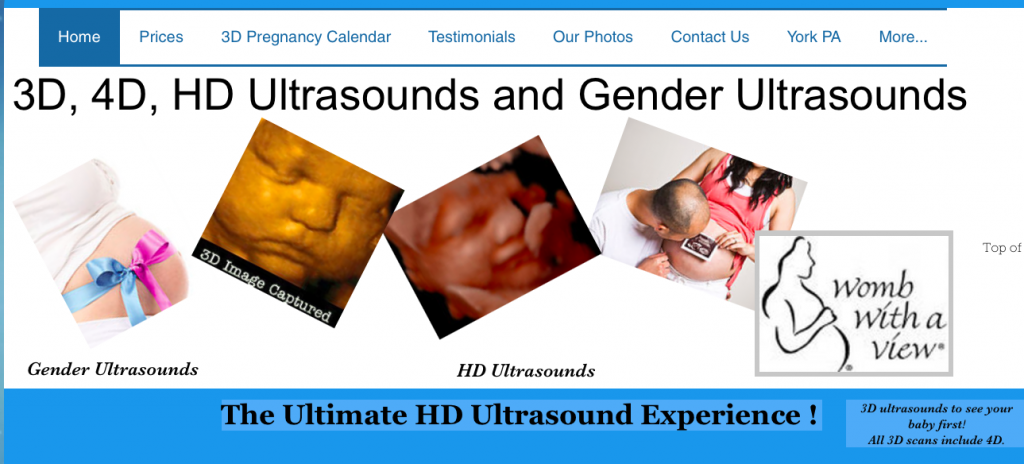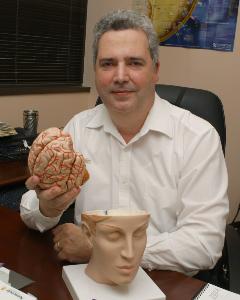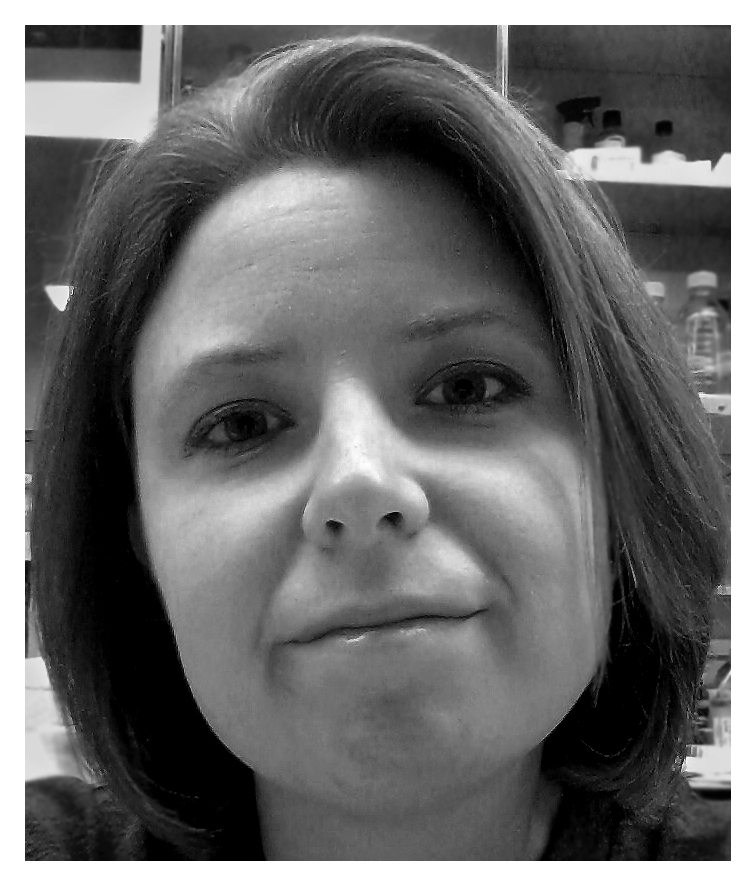
Ultrasound has become so popular in America that you can even get one at the mall. But is ultrasound actually safe? What do we know about ultrasound safety? Screenshot from awombwithaview.com
I’m often asked what the most surprising thing I learned while researching my book, Your Baby, Your Way (originally published under the title The Business of Baby.)
Though I’d studied, written, and spoken about birth for over ten years—including as a contributing editor for Mothering magazine and as the author or editor of three other books about babies—my research for yielded many surprises.
I never considered, for example, that the non-food additives in prenatal vitamins contribute to pregnancy symptoms and make women sick.
In addition, I had no idea how many well-designed scientific studies in peer-reviewed journals there were about thebenefits of not immediately clamping the cord after birth.
And I also didn’t know that the rise of neonatal ICUs in the United States has led to tremendous profits for hospitals.
Ultrasound Safety
But the most surprising research I came across was about the harmful effects of obstetric ultrasound.
Initially, I was very resistant to the idea that pregnancy ultrasounds may not be safe.
Ultrasound safety had not crossed my mind.
Why should it? I’d two ultrasounds during my first pregnancy.
Years before I started writing the book, I first read an article about ultrasound safety. The article cautions pregnant women to avoid them. But I dismissed this information.
Honestly, the idea made me angry … and defensive.
After all, I exposed my daughter to ultrasounds twice and my daughter had turned out just fine!
Besides, my doctor said they were safe. The doctor would have told us if ultrasound safety was an issue. Right?
I’d done nothing wrong.
Of course the ultrasounds I had were necessary.
Ultrasound safety wasn’t even worth questioning.
But slowly, over time, I started to realize I was wrong.
No proven benefit to prenatal ultrasound
According to ACOG’s Practice Bulletin Number 101, “Ultrasonography in Pregnancy“: “Screening detects multiple gestations, congenital anomalies, and intrauterine growth restriction, but direct health benefits from having this knowledge are currently unproven.” [my emphasis.]
In other words, women who are having low-risk pregnancies and who would choose not abort a fetus that had congenital anomalies have no proven reason to have an ultrasound.
Forget about whether there are issues with ultrasound safety, there are issues with ultrasound necessity.
Doctors bill insurance companies for significantly more money for prenatal appointments with ultrasounds than for appointments without scans. So, what multiple scans are good for, in these cases, is profit for the obstetrician.
Doctors and even midwives often insist on ultrasound for another reason. In the case of a poor outcome for either the mom or the baby, they are concerned that a patient will sue them if they did not do multiple prenatal ultrasounds. Their clients can accuse them of not practicing “standard of care” medicine.
“The use of ultrasound for fetal monitoring or any other diagnostic purpose raises some alarming questions that can’t be answered by those who employ it,” wrote Robert S. Mendelsohn, M.D. in his landmark book, How to Raise a Healthy Child In Spite of Your Doctor, first published in 1984. “It is another way in which modern obstetrics violates the medical imperative, passed down by Hippocrates, ‘First, do no harm.'”
Marsden Wagner, M.D., Questions Ultrasound Safety
Eleven years later, Marsden Wagner, M.D., analyzed the existing scientific studies. Wagner concluded that routine ultrasound is unnecessary, costly, and of no proven benefit. His article, “Ultrasound: More Harm than Good?” is eye-opening.
As both Mendelsohn and Wagner predicted, however, instead of applying appropriate caution to the use of ultrasound, obstetricians and even midwives are using it more than ever today.
In fact, most doctors and midwives find it utterly baffling and become completely taken aback when you ask about ultrasound safety.
Nearly 100 percent of pregnant women get prenatal ultrasounds in the United States and Canada, regardless of their risk status. Many doctors further tell women that they must have weekly or biweekly scans.
One pregnant woman I interviewed told me she had over 25 scans.
A mom pregnant with her second child contacted me recently. Her doctor is insisting she have an ultrasound once a week.
He says her pregnancy is “high-risk” because she’s 38 years old. This doctor wants to use the scans to measure the level of amniotic fluid in her uterus in order to schedule an induction.
Yet we know that ultrasound is inaccurate in predicting amniotic fluid levels. The evidence also shows that early induction in the absence of real medical need increases the risk of C-section, maternal mortality, and even fetal demise.
But the problem with ultrasound is not just that it may be unnecessary and may lead to a cascade of other unnecessary interventions.
There is also a growing body of evidence that ultrasound exposure itself may be harmful to the developing fetus and a contributing factor in the rise of autism.
One doctor and scientific researcher who has studied this issue for years, Manuel Casanova, M.D./Ph.D., and his colleague Emily L. Williams, wrote about the possible connection of obstetric ultrasound exposure to brain abnormalities last year.
I asked them permission to reprint their article.
Here it is.
The Possible Dangers of Obstetric Ultrasound
By Manuel F. Casanova, M.D. and Emily L. Williams
One problem of which we’ve become poignantly aware is that ultrasound safety, especially since the early 1990s, has been deregulated and is nowadays used to excess. We would like to see more research into ultrasound safety, as well as tighter regulations on its use so that the risks don’t outweigh the benefits. We’d also like to clarify that we’re not proposing that ultrasound is “the” cause of autism. What we’re proposing, instead, is that ultrasound may be one of many risk factors for autism for those who have a selective vulnerability.
Many people when they first hear about ultrasound as a possible risk factor in the development of autism think it sounds like pseudoscience.
Who can blame them?
There are many different hypotheses about what the causes of autism. It seems like everyone is ultimately seeking the “holy grail” of causation. So we’re all skeptical when we hear something new, especially something which seems to contradict our understanding of how we view the world–or in this case, how we perceive the safety of ultrasound.
After all, ultrasound is just a picture, right?
That’s what we in our laboratory used to think until we began studying what mediates the effects of ultrasound. In the following paragraphs we hope to offer a simple explanation on the rather complex effect of ultrasound on the living cell.
Ultrasound refers to sound that has a frequency above that which can be detected by the human ear. Sound itself is the force of pressure through a solid, liquid, or gas; it causes the movement of those particles.
Sonic Waves
In the case of prenatal ultrasound, the ultrasound transducer emits sonic waves into the abdomen, the sound enters the body including that of the developing embryo/fetus, bounces off the tissue, reflecting back, and that echo is measured by the transducer to form a representative visual image.
Ultrasound is currently used in a variety of ways in medicine and research, including:
1) Production of lesions in neurosurgery, similar to the use of laser;
2) Transcranial (across the skull) stimulation of brain activity, similar to transcranial magnetic stimulation (TMS) or the use of electrodes;
3) Vasodilation, or the widening of blood vessels, which helps in both visualization of the vasculature as well as the delivery of important medications to tissue;
4) Transdermal (across the skin) delivery of medications which would normally be unable to cross the skin barrier;
5) Wound healing, such as on certain bone fractures and ulcers;
6) Purification of foods via its oxidative potential;
7) Purification of metals also due to its oxidative capacity;
8) Transmembrane delivery of nonviral genes into target cells (mainly used in research).
These are just a few examples of how science and medicine apply ultrasound. As you can probably guess by now, given its capacity at different levels of intensity to promote cell growth, cell destruction, alter membrane fluidity (e.g., poke temporary holes in cell membranes), and alter a cell’s activity such as causing a neuron to fire, ultrasound has an incredible range of effects.
Not Just a Pretty Picture
The physical effects of ultrasound include both its pressure on the water within and surrounding a given cell, and through the creation, oscillation (spinning), and implosion of bubbles in that same liquid. The latter is “cavitation” or the creation of a gaseous cavity within the liquid. Cavitation and noncavitational effects together can poke transient holes in cells, activate certain molecular pathways within those cells, cause temperature increases when the bubble violently implodes, promote the creation of free radicals (oxidation) when that gas escapes into the surrounding medium which can subsequently damage or even kill a cell, can cause general disarray within the cell, and at certain intensities may even promote mutations of DNA.
Most of the deadly effects on cells are generally not seen at diagnostic intensities levels. However, there is still the potential that ultrasound is altering how normal cells develop and behave. That is, it doesn’t kill them, but it may very well change them.
Autism and Ultrasound
In the case of autism, we frequently find abnormalities in neuron number and growth patterns in the brain. Ultrasound has the capacity to promote cellular growth. It is overused in obstetrics. At the same time, autism cases are rising. So this is a prime area for scientific study.
These are complicated scientific questions. They involve a number of different variables. What we have given you here is a gross simplification of our hypothesis. For anyone interested in more detailed accounts, please contact us for further materials and we’d be glad to supply them (see minicolumn.org/people/Casanova).
Back in the 1960s, ’70s, and ’80s, the scientific community was very cautious about using prenatal ultrasound. As much as science knew in the day, they expressed due concern and performed a good number of safety studies. From these studies, they decided that ultrasound was ultimately safe to use in obstetrics. However, science is ever-changing and continually learning more about development. Back in the 1970s, the height of concern over ultrasound was whether it promoted spontaneous abortion or reduced postnatal survival rates, whether it promoted macroscopic growth abnormalities like differences in birth weight and overall size, and whether it caused genetic mutations.
Ultrasound Safety Studies Need Updating
Nowadays, we know much more about the molecular biology of the cell, and more about how development can be affected in microscopic ways that can have big effects on behavior. Let’s face it: when a postmortem examination is performed on an autistic person’s brain, usually one of the most striking things about it from a macroscopic level is that there isn’t anything unusual.
So the differences in an autistic person’s brain are indeed very subtle. They need to be teased out with various technologies, with a knowledge of the complexity of anatomical, cellular, and molecular biology, and a nuanced understanding of early development.
Our science has continued to mature. But, unfortunately, the early ultrasound safety studies were never updated to include this new understanding.
It’s time we go back and reassess, with new knowledge, techniques, and technology, whether or not ultrasound is truly as safe as we assume it is.
It’s also time that the regulations on ultrasound safety be refined. We must be doubly sure we’re not putting our unborn infants at risk, be it for autism or other conditions.
Again, we want to stress is that we’re not advocating the disuse of ultrasound. It’s an extremely vital and useful tool in medicine.
But we advocate for more evidence-based use of ultrasounds.
For those who are pregnant, we do not recommend ultrasounds during the first trimester. Unless yours is an at-risk pregnancy. And especially not within the first 8 weeks of gestation. The first 8 weeks is the period of the greatest intensity of growth—and therefore the time when the greatest damage can be done.
Be cautious of early and unnecessary ultrasounds. In addition, don’t use fetal heart rate monitors for private use because these are handheld ultrasounds.
About the Authors
 Dr. Manuel Casanova, M.D.
Dr. Manuel Casanova, M.D.
did his residency training in neurology and then spent 3 years doing a fellowship in neuropathology at The Johns Hopkins Hospital. During his time at Johns Hopkins, Dr. Casanova was in-charge of Pediatric Neuropathology, a fact which kindled his interest in developmental disorders of the brain. His clinical experience included appointments as either a consultant or staff neuropathologist at Sinai Hospital (Maryland), the North Charles Hospital and the D.C. General Hospital.
His expertise in the field led to honorary appointments as a Scientific Expert for the Armed Forces Institute of Pathology (AFIP) and as a Professorial Lecturer for the Department of Forensic Science at George Washington University. Dr. Casanova did training in psychiatry at the National Institutes of Mental Health under the tutelage of Drs. Richard Wyatt, Danny Weinberger, and Joel Kleinman. He joined the Medical College of Georgia as a full Professor in 1991. Dr. Casanova came to the University of Louisville in 2003 as the Gottfried and Gisela Kolb Endowed Chair in Psychiatry. He has over 200 peer reviewed publications, 71 book chapters and 4 edited books.
 Emily L. Williams
Emily L. Williams
is a developmental and molecular biologist with ongoing interests in autism research. She studies underlying characteristics common to autism candidate genes as a means to understand why and when they mutate. How the epigenome regulates DNA stability also interests her. In addition, she studies the development of cells, how their proliferation and differentiation are regulated, and how these processes might underlie the etiology of autism.
Published: November 18, 2013
Updated: August 4, 2022
I can certainly attest to the fact that ultrasounds do not always give an accurate reading on amniotic fluid levels. There’s a great potential for user error. I had an NST at 41 weeks pregnant this spring. 41 weeks was on a Sunday, and I was supposed to go into L&D at my hospital to have it done, as the clinic isn’t open on Sundays. My hospital was on divert (all week! I didn’t get to deliver there at 41+4) and I had my NST at another area hospital. The OB that measured my fluid said that I was at 5 (don’t remember the unit of measurement). An internet search told me that the normal range is 5-25. They wanted me to have another NST at my clinic the next day, and the nurse who did the exam measured my fluids at 15! In 24 hours! Granted, I wanted my fluid levels up, so I drank a lot of water and got some rest that night, but I’m pretty sure that one of those two was off. (I think it was the OB. He wanted me to induce. So did the nurse, actually. She sent me to another hospital for follow-up monitoring.)
Data Published in CNS Spectrums Indicate Acute Transcranial Magnetic Stimulation (TMS) with NeuroStar TMS Therapy® Improves Quality of Life in Patients with Depression
I enjoy reading your blog, although I have difficulty seeing the light grey font color. I would suggest making it a bit darker.
I appreciate the information you provide.
That hypothesis is not proven by scientific studies that were done and include a multitude of variables including autism and don’t find any association between prenatal ultrasounds and autism. If you have any links that make the case for prenatal ultrasounds to be a risk factor in raising the risk in autism for susceptible babies I whould like to know where I can find them. Until other studies are done that prove me wrong there’s not any association between prenatal exposure to ultrasounds and brain development problems or autism.